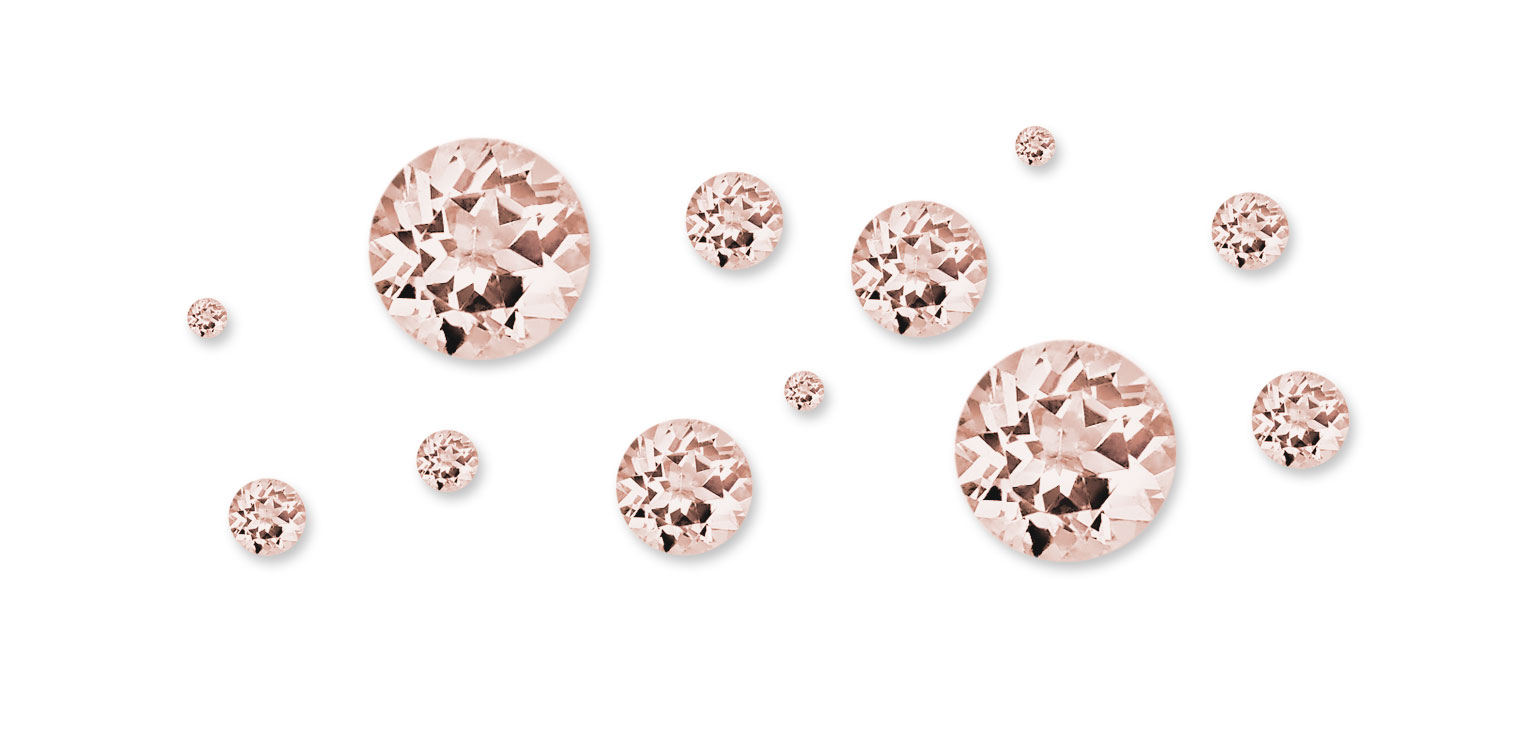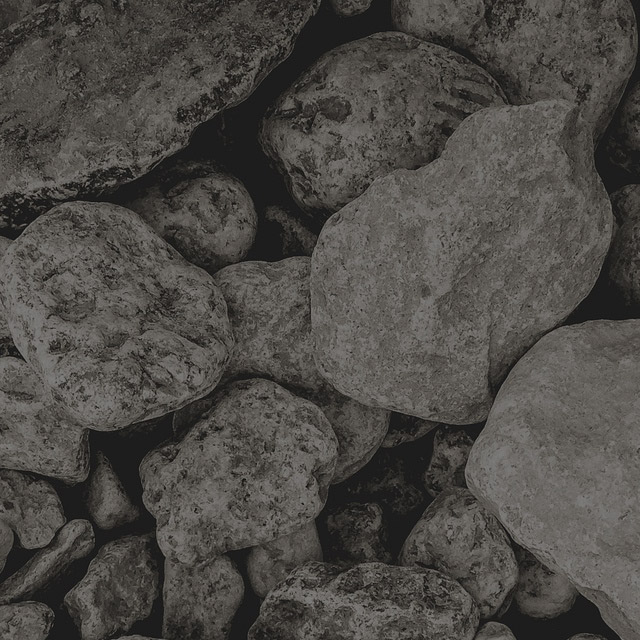Buying Guide
The Gemstone Guide to Morganite

Loved for
A stunning pastel pink, sometimes found with overtones of a perfect sunset, morganite is otherwise known as the Pink Emerald.
About Morganite
Morganite was named by the New York Academy of Sciences after the financier J.P.Morgan, who was a noted expert in magic and minerals.
First discovered in Pala, California in the early 1900’s, alongside tourmaline and kunzite, another seam of the gem was found soon afterwards on an island off the coast of Madagascar in 1910. A flawless, high carat morganite with a strong colour can fetch prices commensurate with better-known beryls such as emerald and aquamarine.
Believed to be a heart stone, morganites are believed to encourage healing, compassion, assurance and promise.
Colour
Morganite is a member of the beryl family, a mineral composed of beryllium aluminium silicate with trace amounts of manganese lending the gem its soft pastel pink colour.
Beryl comes in many shades, with the better-known varieties including the rich, vibrant green of emeralds and the delicate pastel of aquamarines. Like many of the beryl family, morganite can be dichroic, displaying different tones from different angles.
Where it's found
Fine quality pink morganite is found in Madagascar; paler, larger crystals are more commonly sourced in Brazil.
Moh hardness
7.5-8 (1 soft to 10 hard)
Birthstone
Morganites are not a traditional birthstone, but are associated to those born in late autumn and to Taureans (whose birthstone is the emerald).
Anniversaries
Morganite doesn’t represent an anniversary, but is an increasingly popular engagement stone.
